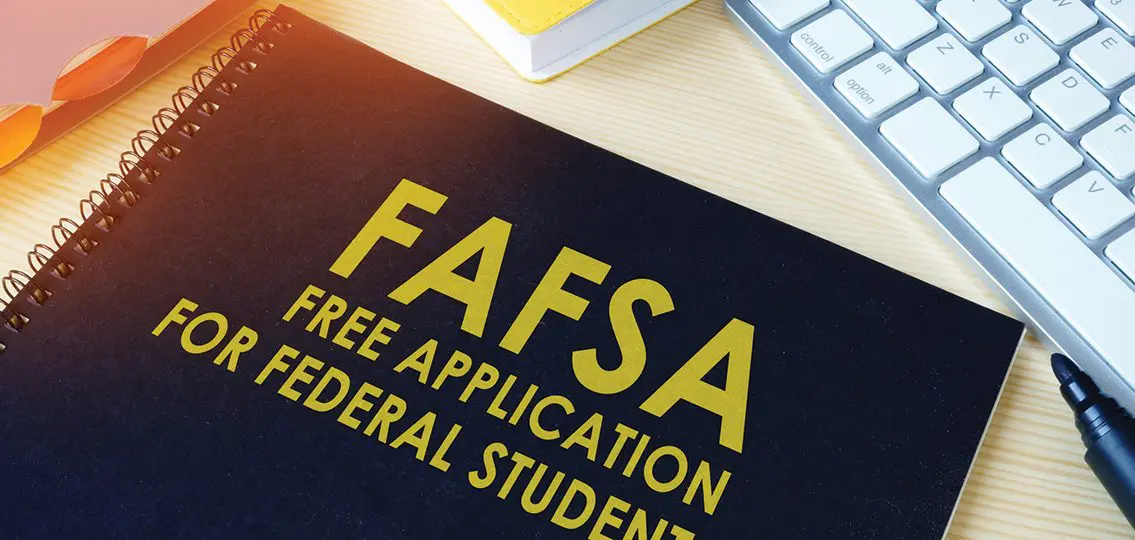Mark Kantrowitz is a nationally recognized expert on financial aid who really knows what he’s talking about and has made it his mission to help families have a clear understanding about how to pay for college. He’s shared his advice with us on numerous occasions.

8 Tips About Financial Aid
1. File the FAFSA
The FAFSA is a prerequisite for getting the low-cost federal education loans. If you want your child to be eligible for these loans, the only way to do that is to file the FAFSA. There are only two scenarios when you don’t need to file the FAFSA: “If you’ve got one child, you’re earning more than $350,000 a year and you have a million-dollar trust fund; or if you have enough pocket change to pay the full cost of education without blinking. Everyone else should file the FAFSA.”
2. File the FAFSA as early as possible
The FAFSA application becomes available in October. Although the federal government has an 18-month financial aid application cycle, the states have very early deadlines. Filing early (ASAP) eliminates the need to check both state and school deadlines. Some states award aid on a first-come, first-served basis. Students who file the FAFSA in January, February, and March on average will get more than twice as much grant money as students who file the FAFSA later in the year.
3. Know what information to include in your FAFSA
What to include:
- Assets
- Investment real estate (like a vacation home or rental)
- Bank and brokerage account statements
- Age of the older parent
- Student’s driver’s license number if they have one
- Number of family members and number of children in college
What not to include:
- Retirement funds
- Net worth of their family home.
“The FAFSA does not consider the net worth of the family home or money in qualified retirement accounts to be reportable assets. So if you incorrectly include your retirement plan account as an investment, you can have a big impact on your EFC.”
4. Eligibility for need-based aid (which comes from each individual college or university) is highly individual.
It depends on:
- income and assets
- age of the older parent
- cost of the college
- number of children in college at the same time
“Any of these factors can make a big difference, as do financial circumstances that may be unique to your family.”
5. Need based grant aid and merit aid scholarship, also called gift aid, lower the cost of college
If you are awarded grants and scholarships that are Gift Aid, you do not need to pay that back.
6. Loans and student employment, also called self-help aid, do not lower the cost of college.
Self-help aid (loans and student employment) need to be paid back and/or earned. Also, “it’s important to understand that self-help aid is not cutting your college costs. It’s money your child has to earn by working.”
7. Do not assume your child will receive merit aid.
“Less than 0.3 percent of undergraduates have paid for their entire cost of attendance this way. Parents often say, ‘My child is valedictorian and has a 4.0 GPA.’ With 28,000 valedictorians and salutatorians each year, that is not really going to set an applicant apart. You should not plan to pay for college using merit aid.”
8. You have the right to turn down some forms of financial aid.
For example, one form of financial aid is work study. If you are worried that employment will negatively impact your child’s grade, you can refuse it. However, “if you turn down one form of financial aid, the institution is not going to increase the other forms of aid.”





